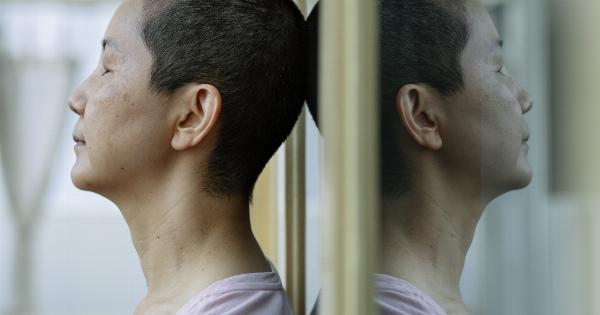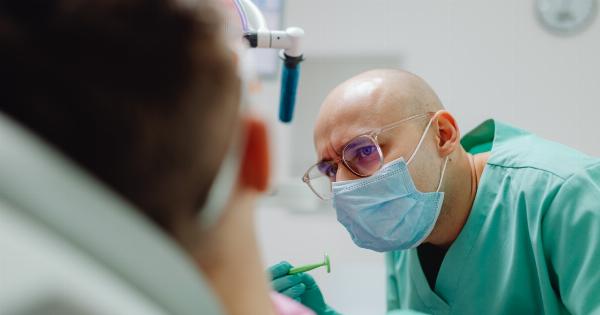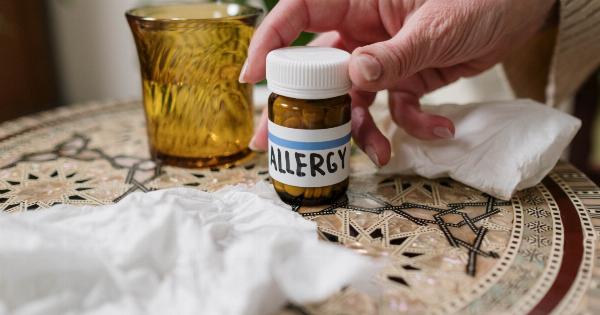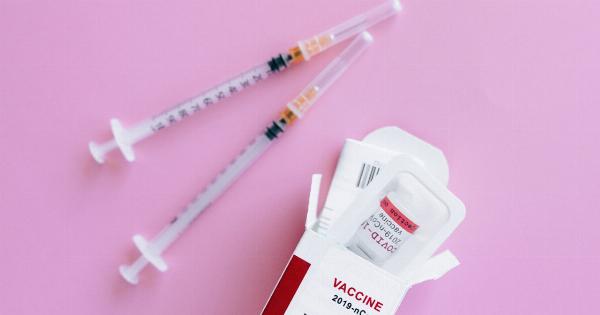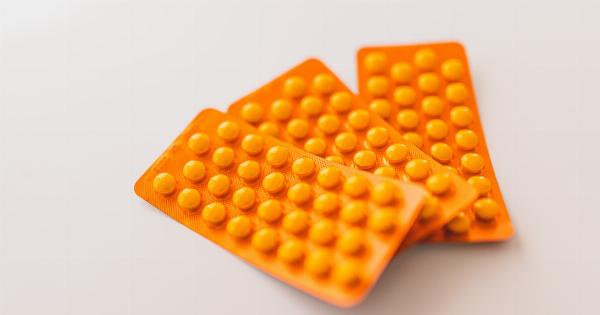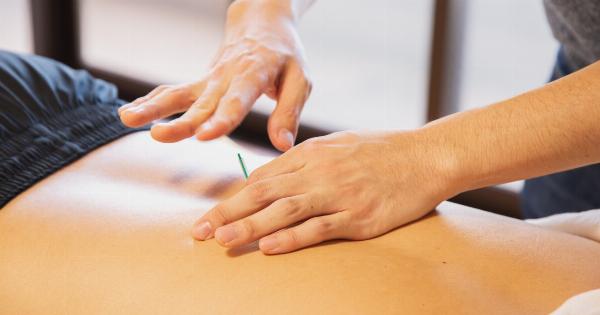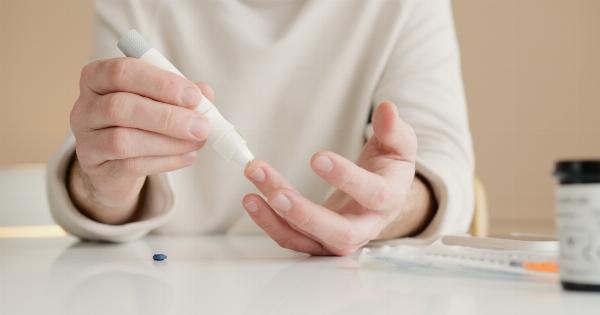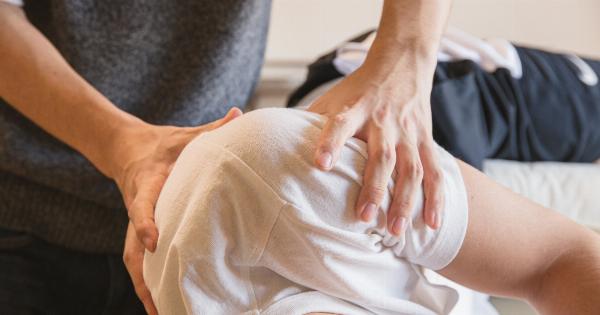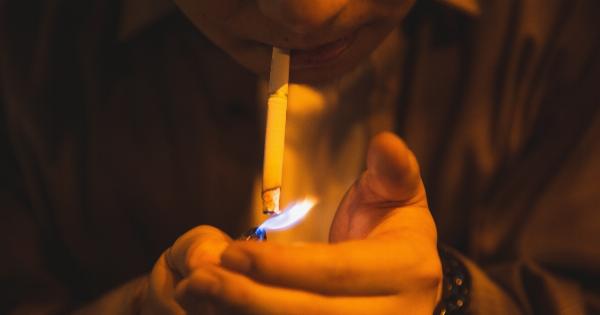Caffeine is widely consumed around the world through various sources, with coffee being one of the most popular ones. It has been recognized for its ability to provide an energy boost and increase alertness.
However, recent studies have indicated that caffeine in coffee can also have pain-relieving properties. This new discovery has garnered significant attention, as it opens up new possibilities in managing pain without relying solely on conventional medications.
In this article, we will explore the research surrounding the pain-reducing effects of caffeine in coffee and understand how it may be used as an alternative treatment option.
The Mechanism of Action
Before delving into the specific studies conducted on caffeine’s pain-relieving abilities, it is essential to understand the mechanism of action behind this phenomenon.
Caffeine acts as a stimulant by blocking adenosine receptors in the brain, which are responsible for promoting drowsiness and reducing arousal. By inhibiting these receptors, caffeine enhances brain activity, leading to increased alertness and heightened cognitive functions.
Additionally, caffeine also affects the release and transmission of neurotransmitters such as dopamine and serotonin, which can further contribute to its energizing effects.
These mechanisms primarily explain why caffeine is often used to combat fatigue and improve focus.
Studies on Caffeine and Pain Reduction
Several studies have investigated the correlation between caffeine consumption and pain reduction, providing valuable insights into the potential benefits of caffeine in managing various types of pain.
1. Caffeine and Headaches
One of the most well-known connections between caffeine and pain is its effectiveness in treating headaches. Caffeine is commonly present in over-the-counter pain medications, especially those designed to alleviate migraines.
A study published in the journal Headache examined the impact of caffeine on headache pain relief.
The researchers found that caffeine enhanced the analgesic effects of common headache medications, increasing their effectiveness in reducing pain intensity and duration.
2. Caffeine and Exercise-Induced Pain
Exercise-induced pain, such as muscle soreness or joint inflammation, is a common occurrence for many individuals.
Researchers have explored whether caffeine can help alleviate such pain, allowing individuals to recover faster and continue their exercise routines.
A study published in the Journal of Pain investigated the effects of caffeine on exercise-induced pain.
The findings suggested that caffeine consumption before exercise resulted in a significant reduction in perceived pain levels during and after physical activity. The researchers concluded that caffeine can act as an effective ergogenic aid, aiding in pain management during exercise.
3. Caffeine and Pain Perception
Understanding how caffeine influences pain perception is crucial in comprehending its pain-relieving properties. A study conducted by scientists at the Norwegian University of Science and Technology aimed to explore this relationship.
The study involved inducing pain in participants through the application of heat to their forearms while monitoring their pain thresholds.
The results indicated that individuals who consumed caffeine prior to the experiment demonstrated a higher pain threshold and a lower sensitivity to pain stimuli compared to those who did not consume caffeine. These findings suggest that caffeine may have a direct impact on an individual’s pain perception, making them less susceptible to experiencing pain.
4. Caffeine and Postoperative Pain
Postoperative pain management is a crucial aspect of patient care, and opioids are often used to alleviate pain in such scenarios.
However, the potential risks and side effects associated with opioids have prompted researchers to explore alternative options.
A study published in Anesthesiology examined the effects of caffeine on postoperative pain following elective surgeries.
The results indicated that caffeine, when administered either through intravenous or oral routes, led to a reduction in opioid consumption and improved pain relief in the early hours following surgery. This suggests that caffeine may have a valuable role to play in managing postoperative pain and minimizing opioid dependence.
5. Caffeine and Menstrual Pain
Many women experience menstrual pain or dysmenorrhea during their monthly cycles, which can significantly impact their quality of life. Several studies have explored whether caffeine can provide relief from this type of pain.
A study published in the Journal of Women’s Health investigated the relationship between caffeine consumption and menstrual pain in a large cohort of women.
The findings suggested that caffeine intake was associated with a decrease in the severity of menstrual pain, indicating its potential usefulness as a non-pharmacological intervention for managing dysmenorrhea.
Conclusion
The emerging research on caffeine’s pain-relieving properties presents a promising avenue for pain management.
From headaches to exercise-induced pain and even menstrual discomfort, caffeine has demonstrated its potential to reduce pain intensity and improve pain thresholds. However, it is essential to highlight that while caffeine may be a beneficial complementary approach to pain management, it is not a standalone solution.
Consulting a healthcare professional and adopting a holistic approach that combines various strategies such as medication, lifestyle modifications, and caffeine consumption, where appropriate, is crucial for effective pain management.
Further research is needed to delve deeper into the specific mechanisms behind caffeine’s pain-relieving effects and explore potential interactions or limitations.




